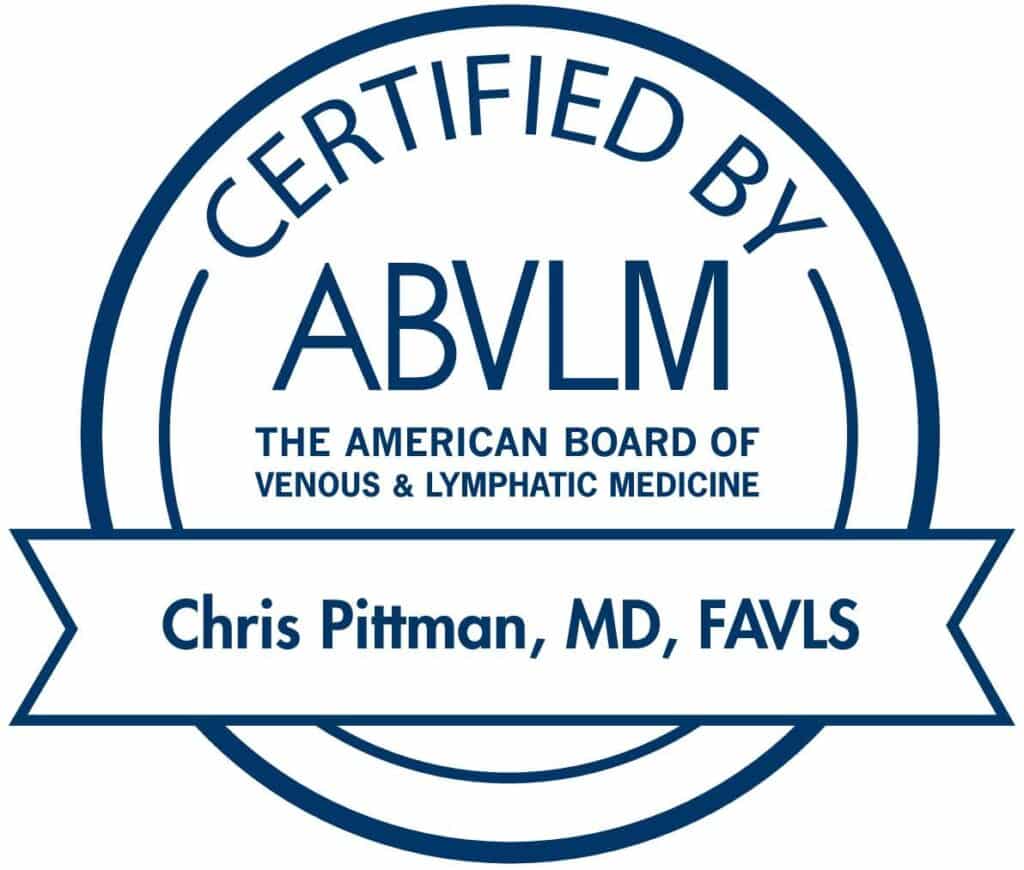Unlike most other wounds you have experienced in the past, a leg ulcer can take several months – or even years – to heal. Given the lengthy recovery time, you may be wondering if there is something that can be done to speed up the healing of leg ulcers. The good news is there is!
Following Instructions is Important to Helping Your Leg Ulcer Heal
Failing to follow the instructions provided by your healthcare provider can prevent your leg ulcer from healing. Most of the instructions you will be given are designed to help keep the wound clean, keep any debris from getting into the wound, and prevent infections.
Instructions on how to care for your leg ulcer will vary depending upon your situation, but the following is a look at some of the instructions you will be given:
- •Keep the wound covered with a clean, non-sticky dressing at all times
- •Change the dressing that covers the wound at least once a week
- •Change the dressing if it becomes stained or soiled
- •Wash your hands before applying the dressing to the wound
- •Learn how to properly clean the wound on your own or follow up with a nurse for regularly scheduled wound cleanings
Following these instructions will help you create the best conditions that will allow your wound to heal as fast as possible.
Always Wear Your Compression Bandage
A compression bandage is a thin elastic stocking or wrap that is worn over the dressing. It is designed to improve the circulation of the blood in your legs. Improved circulation helps your wound to heal.
Wearing a compression bandage when you have a leg ulcer is extremely painful. It is so painful that many people don’t follow through with wearing it as instructed. Failing to wear your compression bandage as instructed will prolong the length of time it takes your leg ulcer to heal.
Other Tips for Helping Leg Ulcers Heal Faster
In addition to always following the instructions provided for how to dress the wound and how to wear your compression bandage, there are other things you can do to help speed up the healing of your leg ulcer. Other things you can do include:
- •Take any and all medication as prescribed for your leg ulcer
- •Keep your leg elevated as much as possible. The leg should be elevated at a height that is level with your eyes.
- •Stay active. Simply walking each day can help prevent the leg ulcer from getting worse and reduce the amount of swelling you experience in your legs.
- •Learn stationary leg exercises that you can do throughout the day. Some examples of stationary leg exercises include rotating your ankles, moving your feet up and down, or wiggling your leg. These exercises will help to improve blood flow to your legs.
- •Try to lose weight
- •Seek treatment for any other health problems, such as diabetes or heart disease
- •Make improvements to your diet
- •Work to make lifestyle changes, such as not drinking too much alcohol and not smoking
- •Avoid bumping or touching the wound as it could reinjure the area and slow down the healing process
- •Follow through with all regularly scheduled appointments with your doctor and healthcare team
Working closely with a doctor who specializes in the treatment of leg ulcers can also help you heal faster. Dr. Chris Pittman of Vein911® Vein Treatment Centers in Tampa, Florida specializes in the treatment of leg ulcers. In addition to helping treat leg ulcers, Dr. Pittman can also help with other vein problems such as varicose veins, spider veins, and finding the cause of lymphedema. Call our office today to schedule an appointment with Dr. Pittman.











